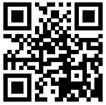
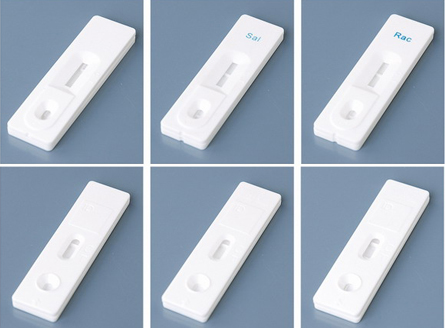 Gold Label Card Case
Gold Label Card CaseOur gold label card cases come in a wide ...
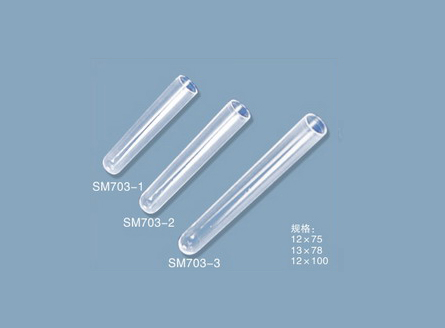 试管
试管A test tube is a container used to hold a...
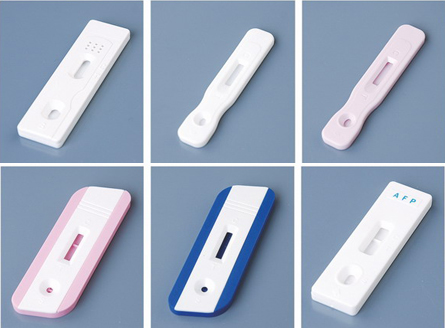 Gold Label Single Card
Gold Label Single CardOur gold label single card has a wide var...
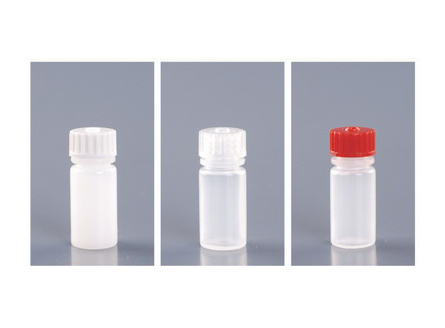 Wide mouthed bottle
Wide mouthed bottleA wide mouthed bottle is a bottle used to...
FAX:+86-317-4052076
Email:czycgs@163.com
Web:www.xysjcz.com
Address:Du Sheng Xiang Xiao Liu Village, Cang County, Cangzhou City, Hebei Province
Current Location:HOME > NEWS > Industry information >
NEWSRapid detection technology for colloidal gold
Immunocolloidal gold detection technology mainly includes dot immunogold filtration assay (DIGFA) and colloidal gold immunochromatography (CGEIA). The basic principle is to use a microporous membrane as a solid-phase carrier, encapsulate known antigens or antibodies, add to the test sample, and through the filtration effect of the microporous membrane or capillary siphoning effect, the antibodies or antigens in the sample bind to the antigens or antibodies coated on the membrane, and then react with colloidal gold markers to form a red visible result to achieve the detection purpose. 1. Dot immunogold filtration assay (DIGFA), also known as drop gold immunofiltration assay (DIFA), was established by Spielberg F et al. in 1989 and is a flow through form. This experiment uses a microporous membrane as a solid-phase carrier, on which known specific antigens or antibodies are fixed. They are loaded into a filtration device filled with absorbent materials. After adding the sample to be tested, the antigen or antibody in the sample is bound to the antibody or antigen coated on the membrane through capillary or filtration action of the filtration membrane, and then labeled with colloidal gold complexes to achieve the detection purpose. Different experimental methods can be selected based on the different test substances, which are particularly suitable for indirect antibody detection or capture method for IgM detection. It usually takes 3-5 steps, but the required time is very short, only 3-6 minutes. 2. Colloidal gold immunochromatography (CGEIA) is a simple detection technique established on the basis of immunofiltration assay. It was first used by BeggsM et al. for the determination of human chorionic gonadotropin (HCG) in a lateral flow form. This technology also uses microporous membranes as solid-phase carriers, and its principle is to fix known specific antigens (or antibodies) on the membrane as detection bands. Colloidal gold markers are dried on a glass fiber binding release pad, with one end connected to the membrane and the other end connected to the sample pad. The other end of the membrane is connected to an absorbent pad. After adding the sample to be tested (whole blood, serum, urine, or other body fluids), the sample moves forward through capillary diffusion and rehydrates the marker through glass fibers containing the marker, reacting with colloidal gold markers, and then swimming forward together until the detection line (with specific antigens or antibodies fixed) intercepts the complex between the marker and the test substance, resulting in a clear and intuitive red result. If the sample does not contain the analyte, it will cross the detection line with the free marker, reach the quality control line or test termination line, and be intercepted, resulting in a red control result. Sandwich method is commonly used for antigen detection or indirect method for antibody detection, while dual well indirect method or reverse flow immunochromatography is also used for IgG and IgM detection. For small molecule antigens (such as residues, steroids, etc.), competitive method is recommended
